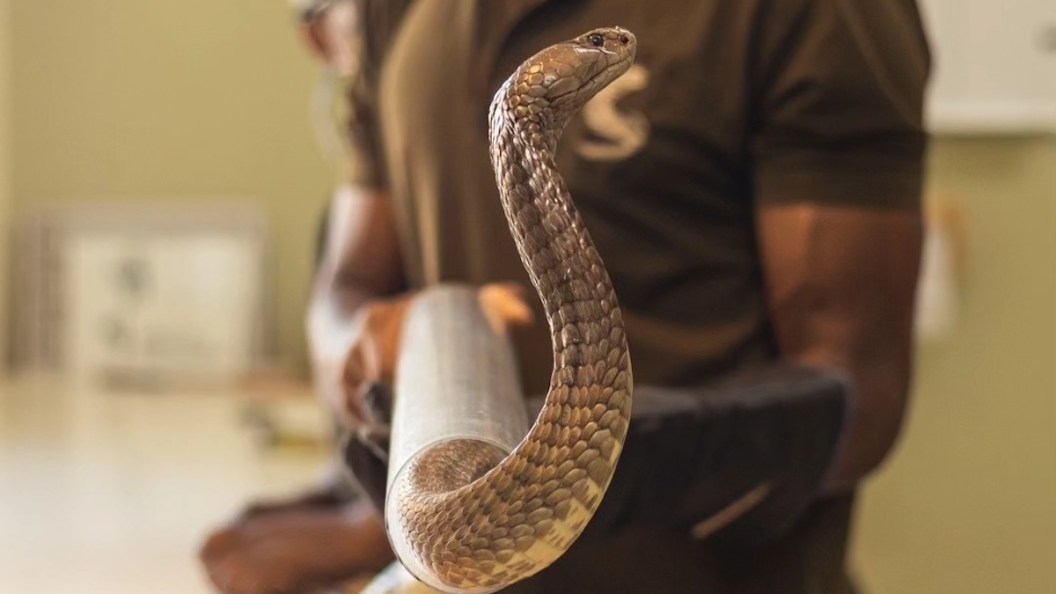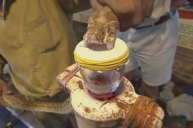First things first: unless you have access to all of the equipment and resources, you probably won't be able to make your own anti-venom. But don't let that stop you from being curious.
East African Reptiles, a Kenya-based charity for snake bite awareness and prevention, shows in a new video how anti-venom is made. A spokesman explains that the multi-step process takes more than a year, from when the venom is collected to when it's ready to use as a treatment.
Collect the venom
The first step is to collect venom from venomous snakes through a process called "milking," which involves gently stimulating the snake's venom glands to release the venom. Additionally, all of the venom they collect comes from local snakes because snakes and their venom differ by locality.
After they collect the venom, they place it inside a freezer and keep it there until it's frozen. Then, they'll dry it using a proprietary dryer, which consists of a cylindrical spinner and pump. The wet venom will spin inside of a vacuum for about three days and then it'll come out as a fine, crystalized powder — almost like sugar.
Inject it into a host animal
After the venom has been transformed into a powder and all impurities have been removed, an anti-venom manufacturer will inject small amounts of a cocktail of multiple venoms into a host animal. Most often, the host animal is a horse, sheep, or goat because of how their immune systems respond to the venom — humans, not so good.
The spokesman explained that the host animal's strong immune response produces antibodies capable of fighting off the toxins in the venom and over time, the animal's blood is enriched with those antibodies. Of course, along the way, the manufacturers will collect blood samples to monitor the animal's response.
Make the serum
A year later, when the host animal has a surplus of antibodies, the anti-venom manufacturers will separate the specific antibodies from the animal's blood — the ones that fight off snake venom — by removing unwanted proteins and contaminants. In turn, they use this to make the serum.
Before it's available to use, anti-venom serum undergoes rigorous quality control testing to ensure that it's both effective and sterile. Once it passes quality control tests, it's kept in either a dry or liquid form and packaged for medical facilities and healthcare providers to use when you get bit by a venomous snake.




